We have always been fascinated with the creative and amusing names of some chess openings.
Openings like these are usually termed “unorthodox openings” and in this article, we’ll make use of our imagination to see the animal-related characteristics that gave rise to their names.
There are lots of openings with such kind of names. However, we will look at ten(10) of these weird chess openings with animal names.
1. Chameleon Variation Of The Sicilian Defense

The chameleon variation of the Sicilian Defense starts with 1. e4 c5 2. Nc3 Nc6 3. Nge2.
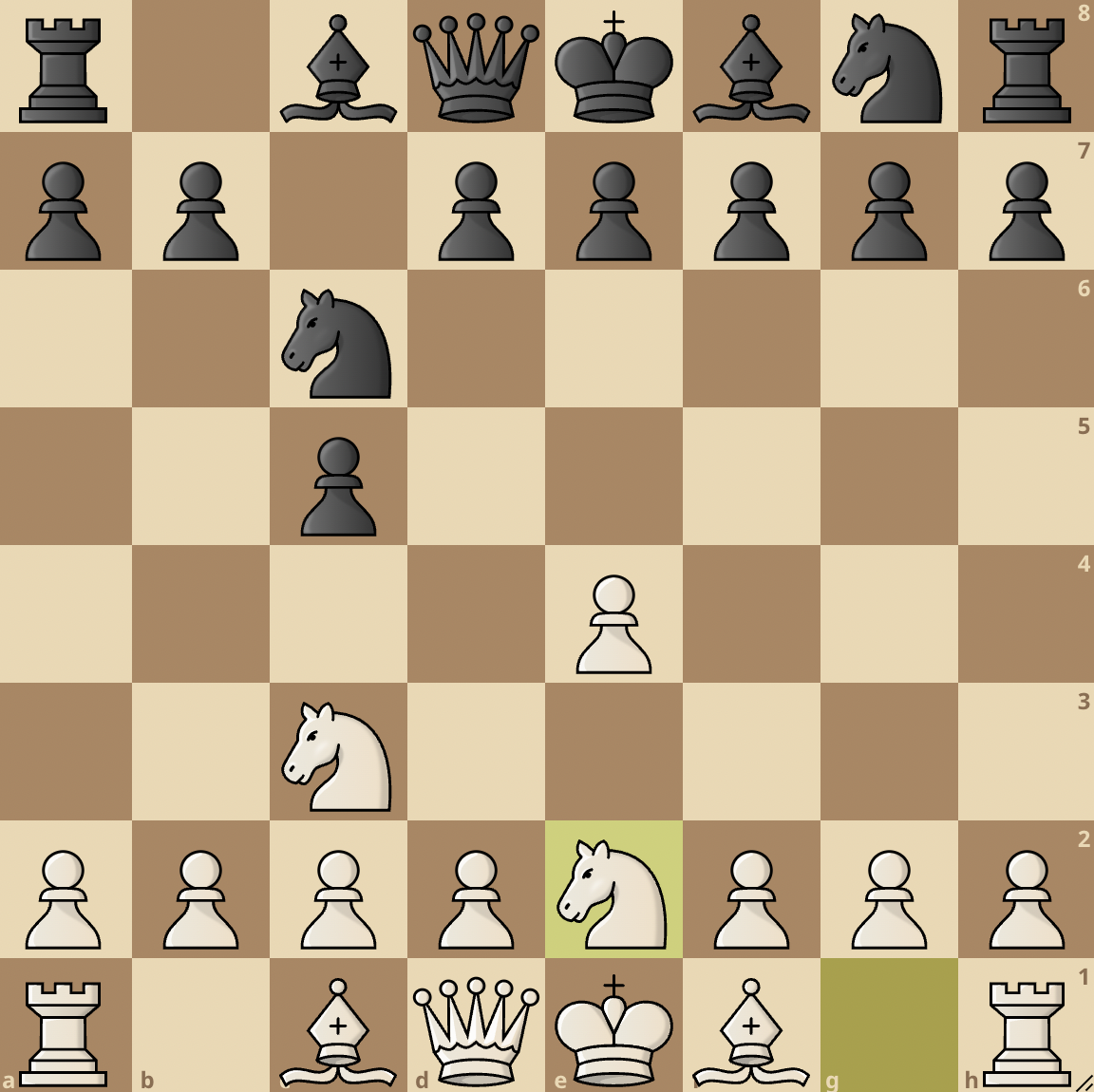
This variation can lead to the Open Sicilian where White achieves the d4 pawn break or the Closed Sicilian with d3.
This means that White has different options while Black may not be sure of what system White is playing. The position is the most flexible variation of the Sicilian defense. Hence, the name…the chameleon variation.
We explained how to play this particular opening in the video below:
2. The King’s Crab Opening

After 1. a4 e5 (any other black move can suffice) 2. h4 d5, we have the crab chess opening where a4 and h4 look like the pincers of a crab, raised above its head.
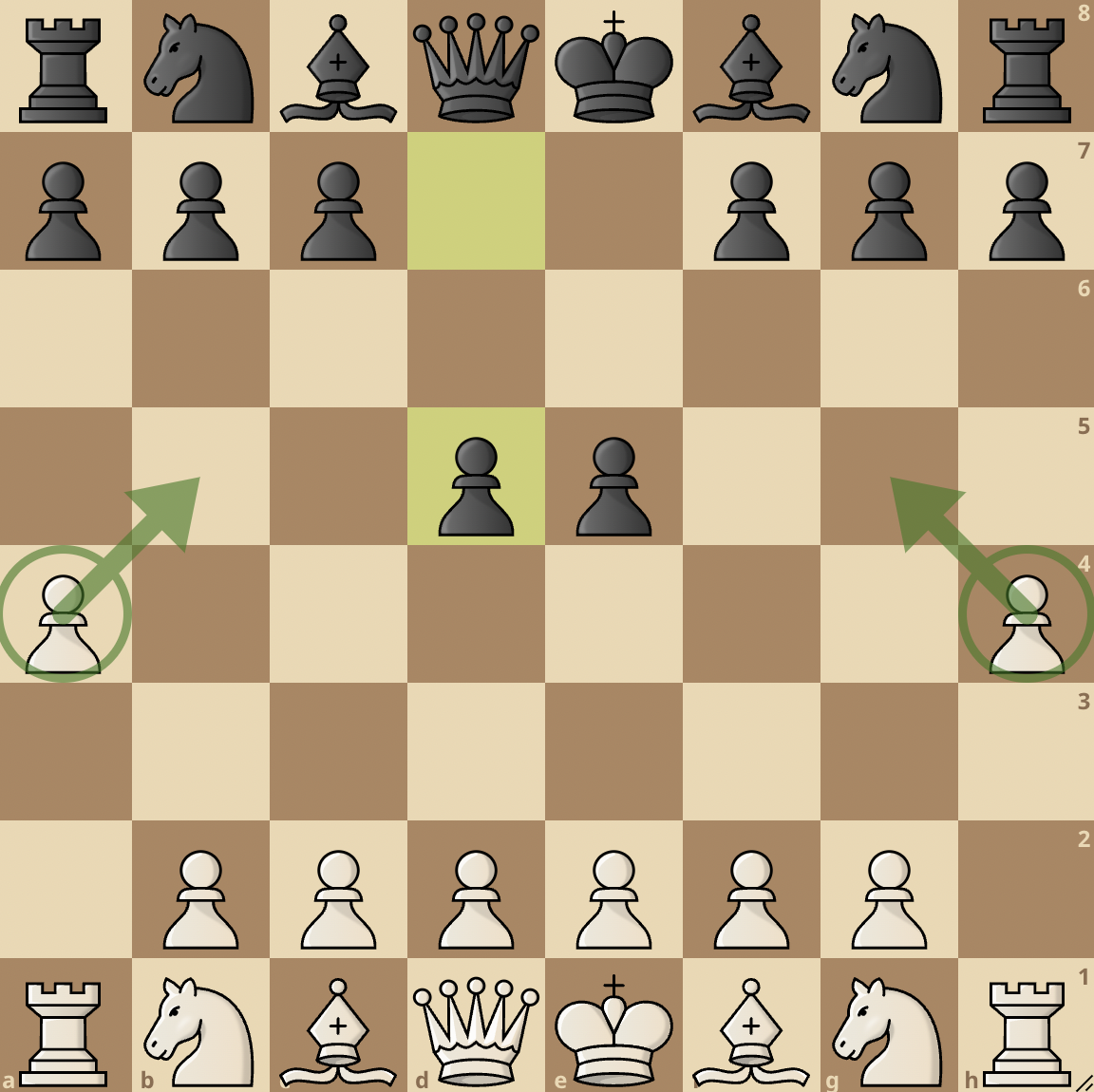
While this opening definitely causes some weaknesses on White’s kingside and queenside, we could see some sort of activity where the flanks open up quickly and White pieces like the rooks are ready for action.
This opening is rarely seen and is mainly used by players with significantly higher gameplay strength than their opponents.
Most times, it’s a way of teasing their opponent that any opening they play (no matter how bizarre) can work against them.
3. Mosquito Gambit Of The Englund Gambit

Now, we have a gambit in a gambit! The mosquito gambit of the Englund gambit arises after 1. d4 e5 2. dxe5 Qh4.
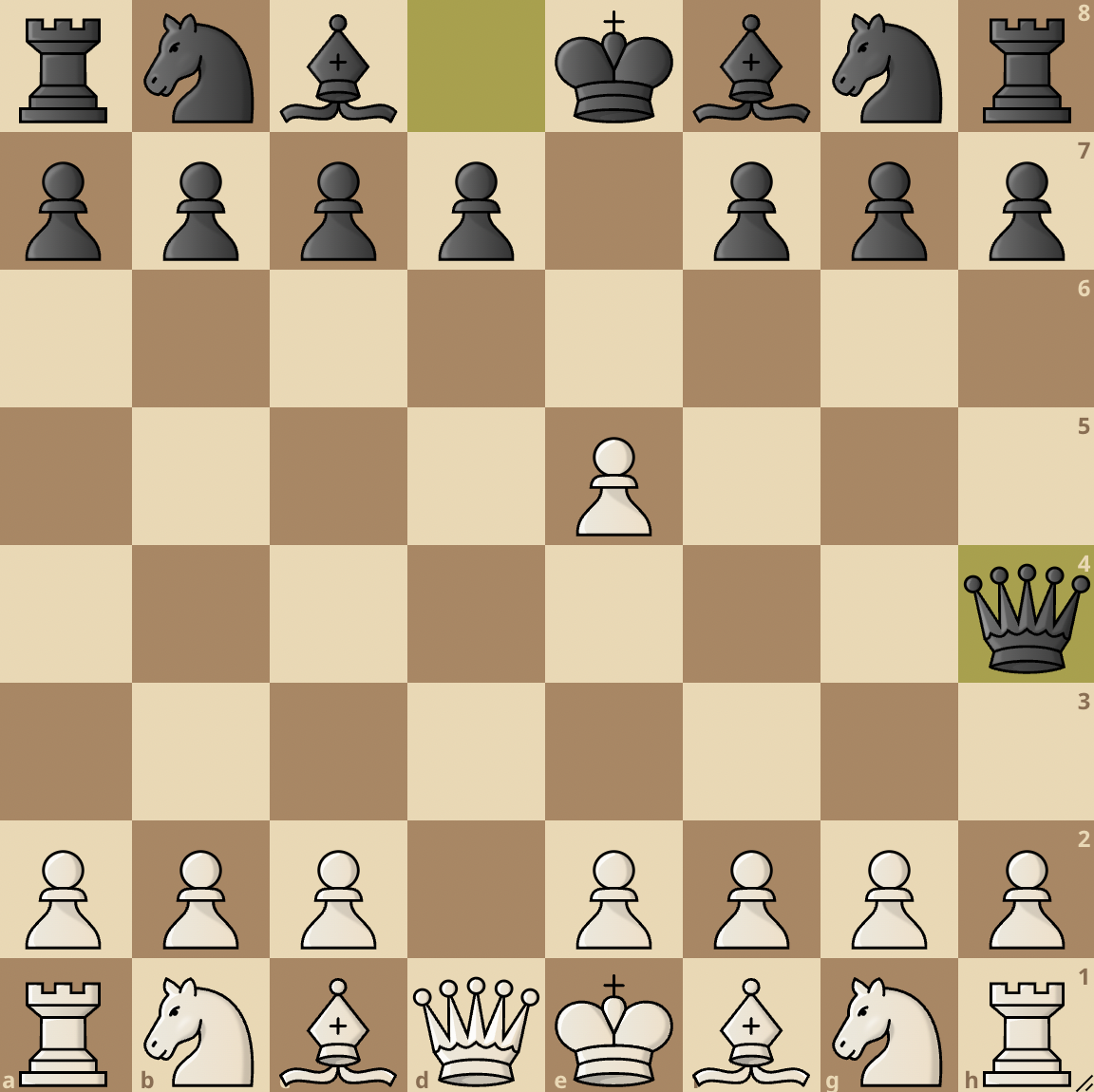
This kind of opening looks like one to be played by beginners striving to do damage with their queen.
However, it’s largely inaccurate as White keeps swiping at the fleeing Black queen (like chasing a mosquito) by attacking it with pieces and pawns with the intention of taking down or repelling the queen.
Of course, this desperation by White could also be detrimental leading to poor placement of pieces. The Black Queen (mosquito) could dip its proboscis in the heart of White’s defenses and drain him of his fighting chances.
However, if you want to tease your opponent or offer the person a fighting chance, you may want to check out this opening.
4. Porcupine Variation Of The English Opening

This variation is achieved after 1. c4 f5 2. e4 fxe4 3. Nc3 Nf6 4. g4.
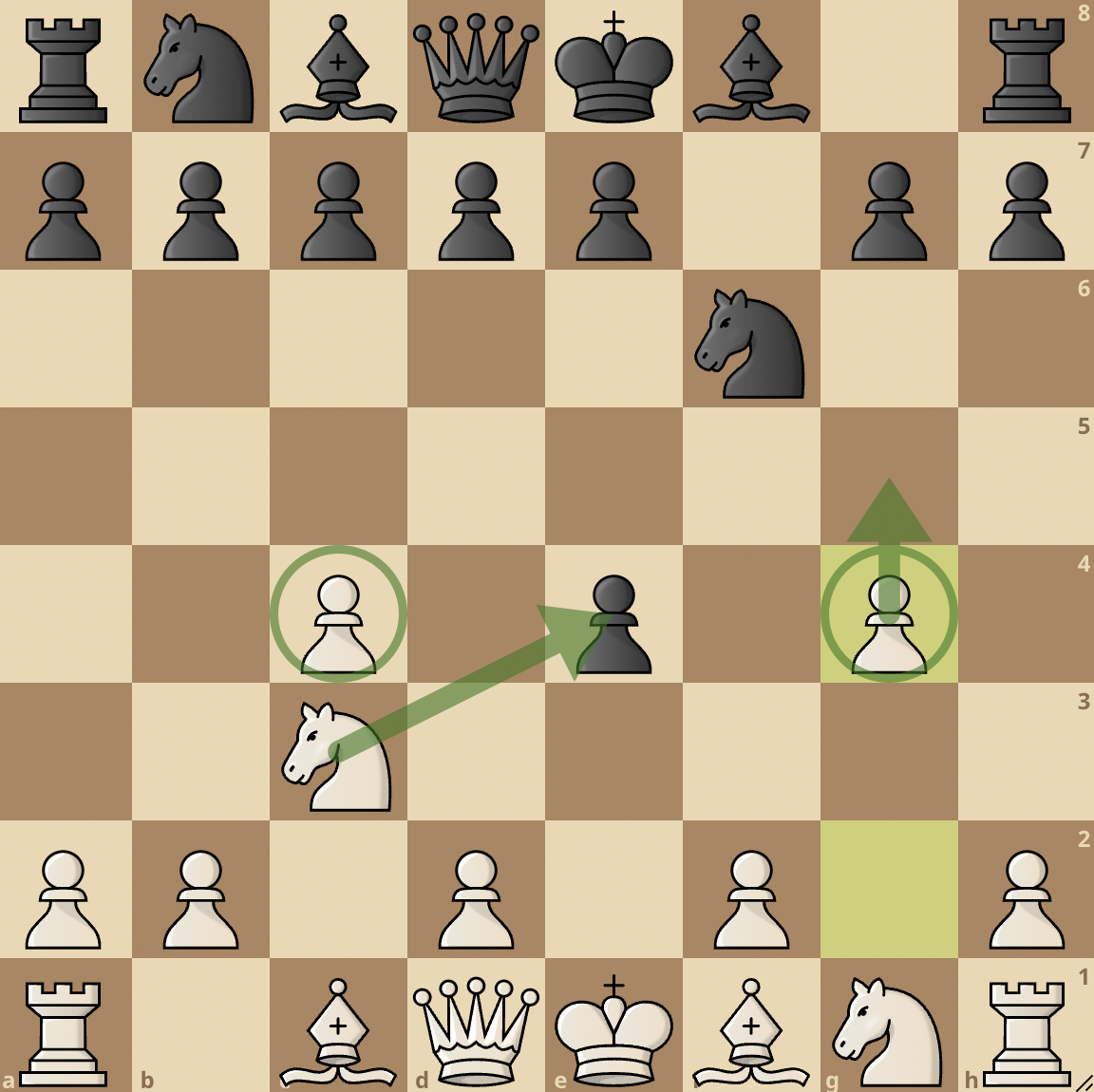
This particular variation of the English opening is quite interesting and sharp as c4, e4, and g4 kind of represent the quills of a porcupine being shot at Black.
White sacrifices a central pawn to open up the game and execute an exciting attack. The g2-g4 move threatens to repel the knight protecting the pawn on e4.
Any efforts to defend Black’s e4 pawn will lead to more risky exposure—further relinquishing the initiative to White.
In essence, Black has to be careful to avoid being impaled by the porcupine spikes!
5. Lion’s Jaw Variation Of The Pirc Defense

This variation of the Pirc defense arises after 1. e4 d6 2. d4 Nf6 3. f3.
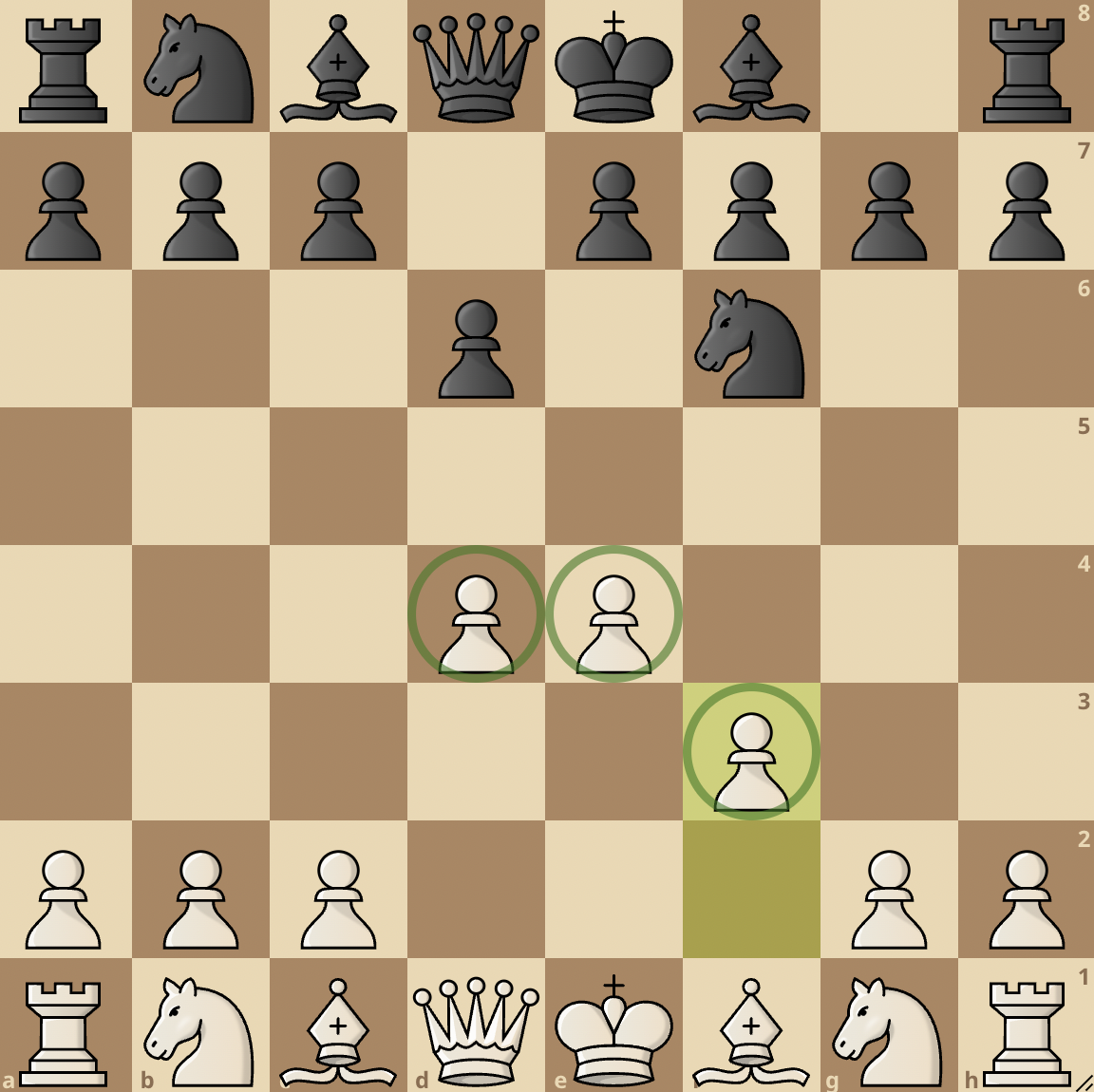
This position has the semblance of a lion’s jaw.
A lion’s jaw is broad and is a danger zone for any creature with flesh. The teeth signal caution to any creature not in the playgroup of the lion.
In the same vein, the development of the d-, e-, and f- pawns signal danger to opponent pieces. The g4 and d5 squares are no-go areas for Black’s bishop and knight.
White strengthens his central pawns with 3. f3 after grabbing a LION’S share of the center.
This is a not-so-popular opening you can try out anytime you feel as brave as the King of the Jungle.
6. Rat Defense

The Rat defense can occur in 10 different variations like English rat, Norwegian Rat, Spike Attack, etc.
Black majorly responds to White’s opening move with d6 in most variations of the Rat Defense.
A rat is known for its sneaky movements. It lurks in the shadows and waits for an opportunity to go for what it desires. The same can be said about this opening.
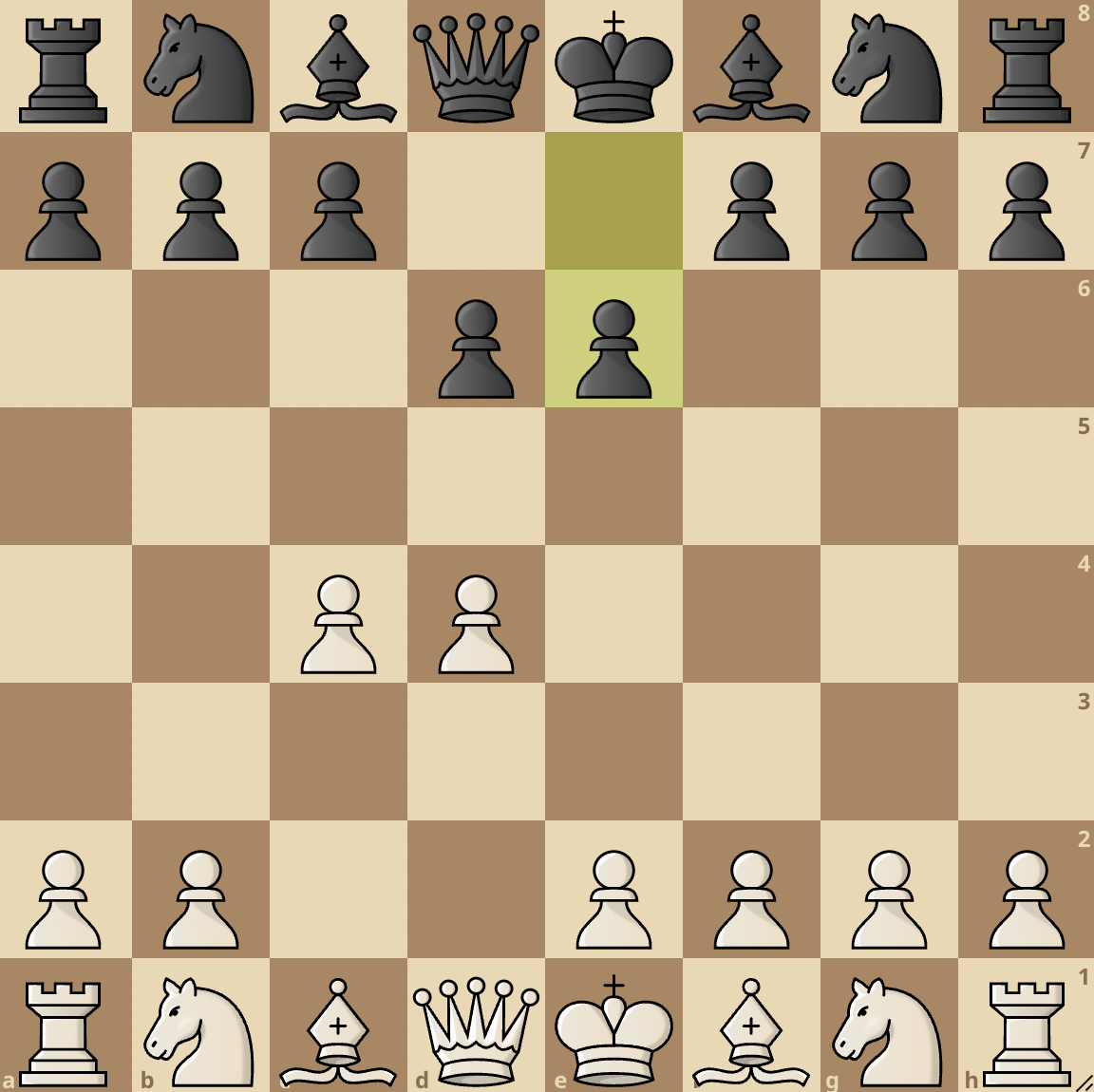
Black seems to be sneaky and conservative but best believe that Black would take advantage of any slip-up by White.
This opening draws its name from the context of the moves rather than the appearance of the position.
7. Hippopotamus Defense

A hippopotamus is famous for nursery rhymes probably because of its amusing pronunciation. “popo” kinda sounds playful.
So, a hippopotamus can easily be mistaken as a friendly animal, but the opposite is the case. The animal appears peaceful but is actually an element of terror.
Similarly, the Hippopotamus Defense looks harmless for the opponent and easy to cope with. However, there can be danger lurking in there somewhere.
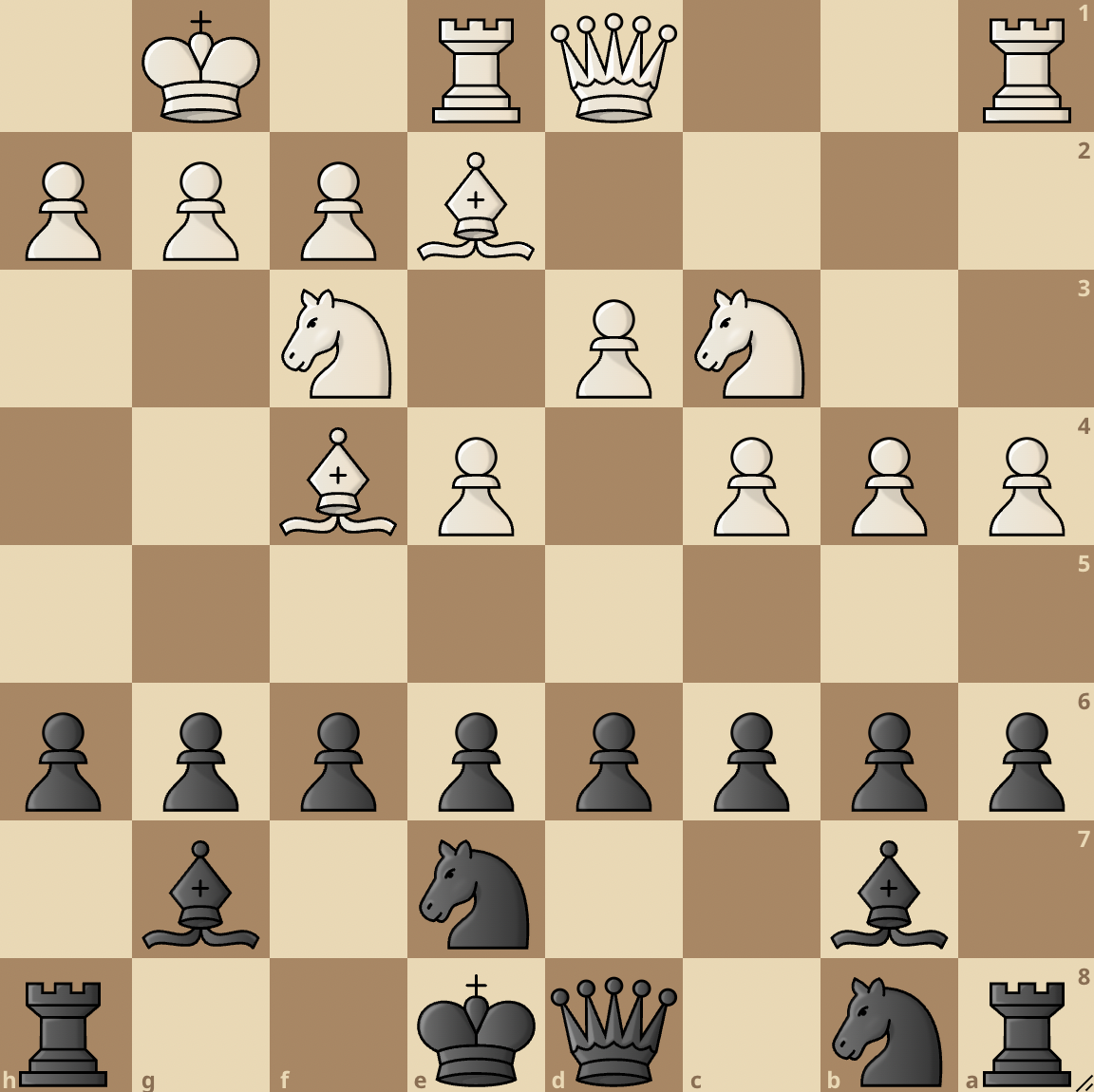
In the position above, Black’s pawns strangely advance to the sixth rank.
What might seem like an opportunity to explore Black’s poor developmental strategy might blow up in White’s face if not careful.
8. Hedgehog Variation

Main lines with this variation include; English Opening, Indian defenses (Nimzo-Indian, Queen’s Indian), Anti-Benoni, and Rossolimo Sicilian.
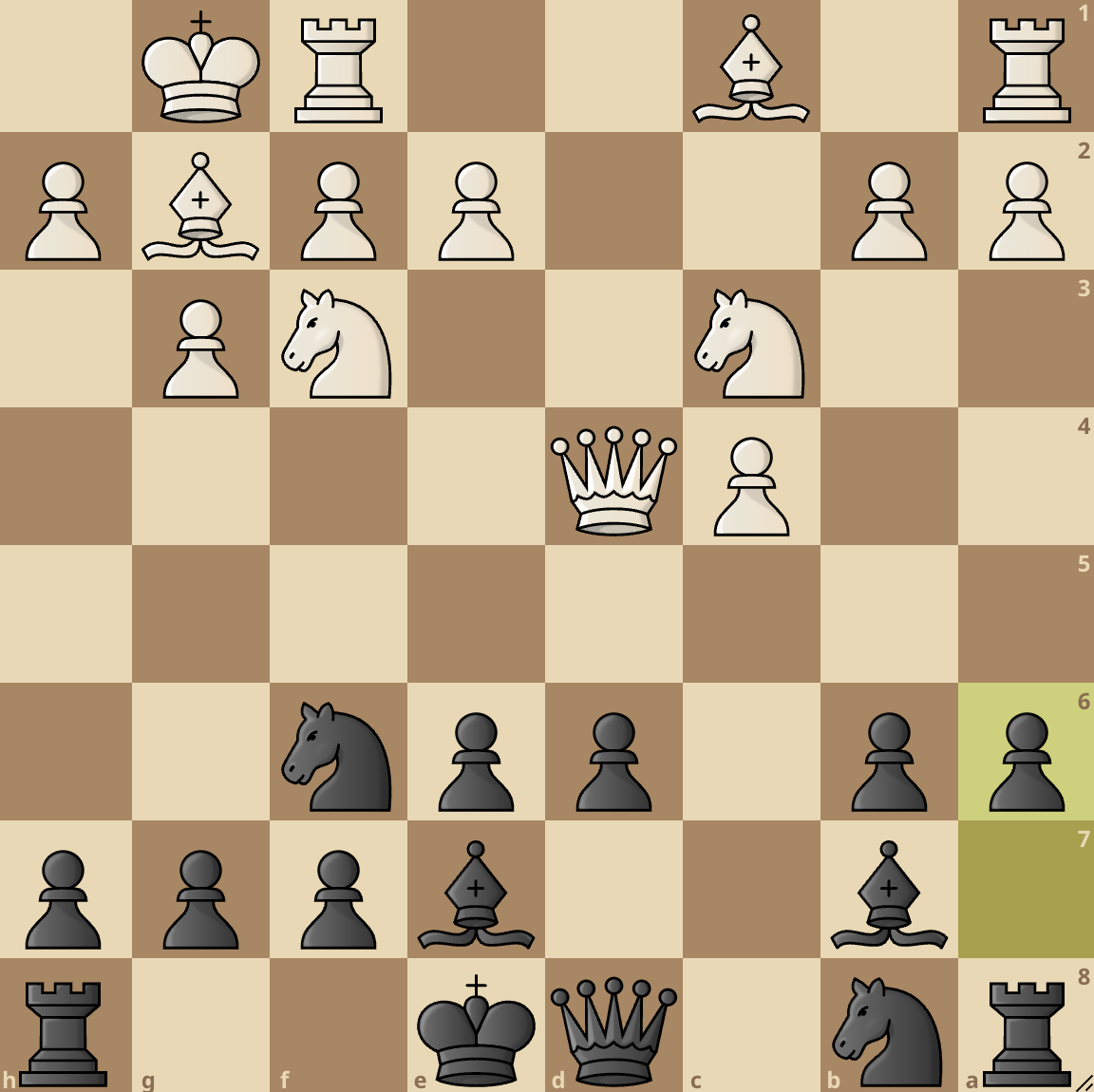
In the position above, the a6, b6, d6, and e6 squares are occupied by pawns, and Black develops his pieces around this setup.
The pawns on the sixth rank pose as the SPINES of the position, hence its Hedgehog name. One main perk of this maneuver is that it is difficult to attack.
If White tries to act bravely and carry out a swift attack on Black’s hedgehog, he could get fatally pierced and lose the game.
9. Bird Opening

It is also known as the Dutch Attack. It is one of the most common flank openings that developing chess players ought to employ from time to time. The opening move is simply 1. f4.
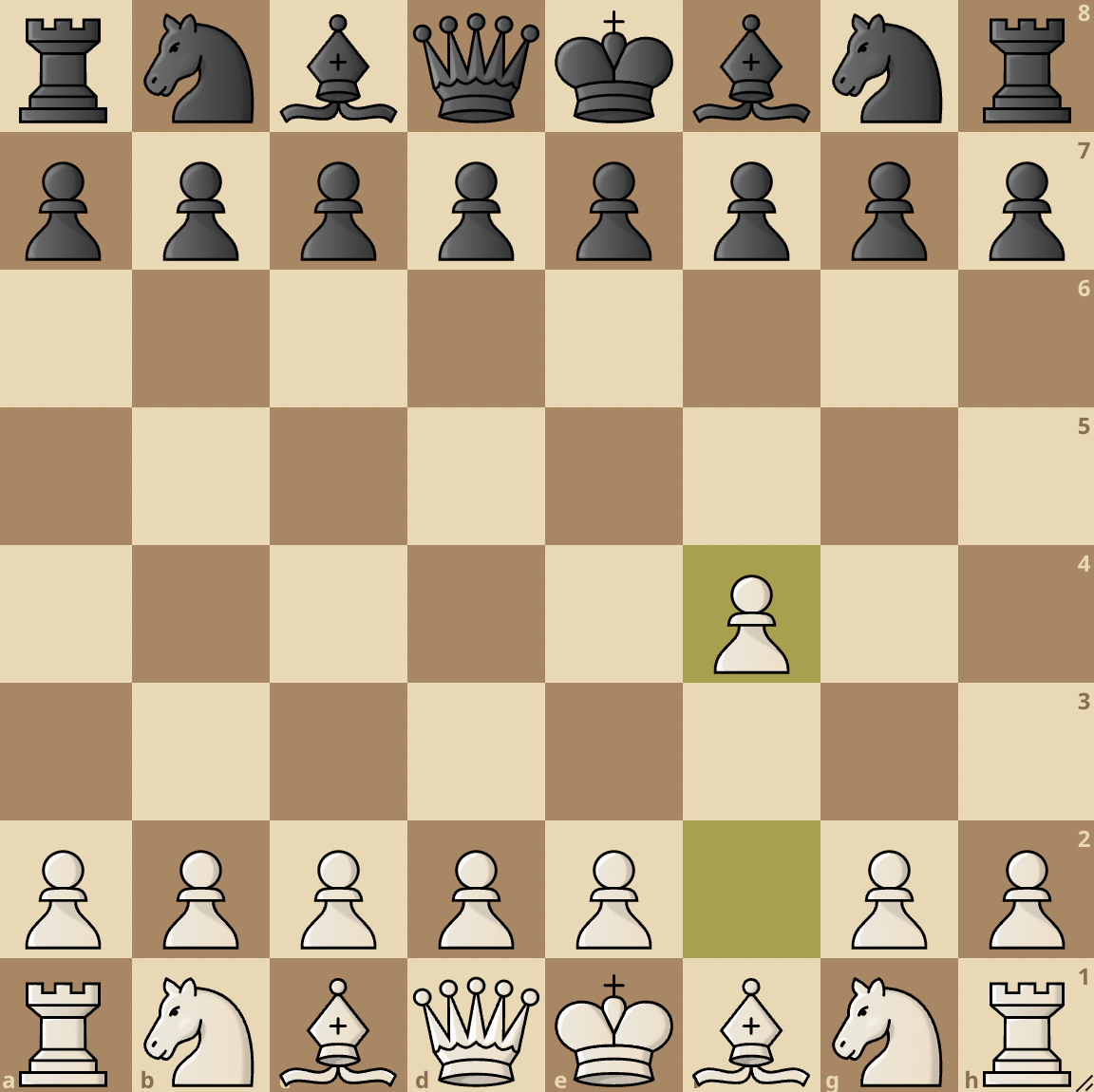
We know you might be examining the position to see if it really looks like a bird or if f4 makes White fly all through the game.
Neither is the case this time around as this opening gets its name from its founder, Henry Bird.
You can study the Bird’s Opening in detail here.
10. Monkey’s Bum Variation Of The Modern Defense

Save the best for last, right? What better way to close an amusing piece than with a monkey’s bum?!
This variation of the modern defense gets its funny name from the context of this opening.
It starts with 1. e4 g6 2. Bc4 Bg7 3. Qf3 (threatening mate) e6 4. d4!? Bxd4 5. Ne2 Bg7 6. Nbc3
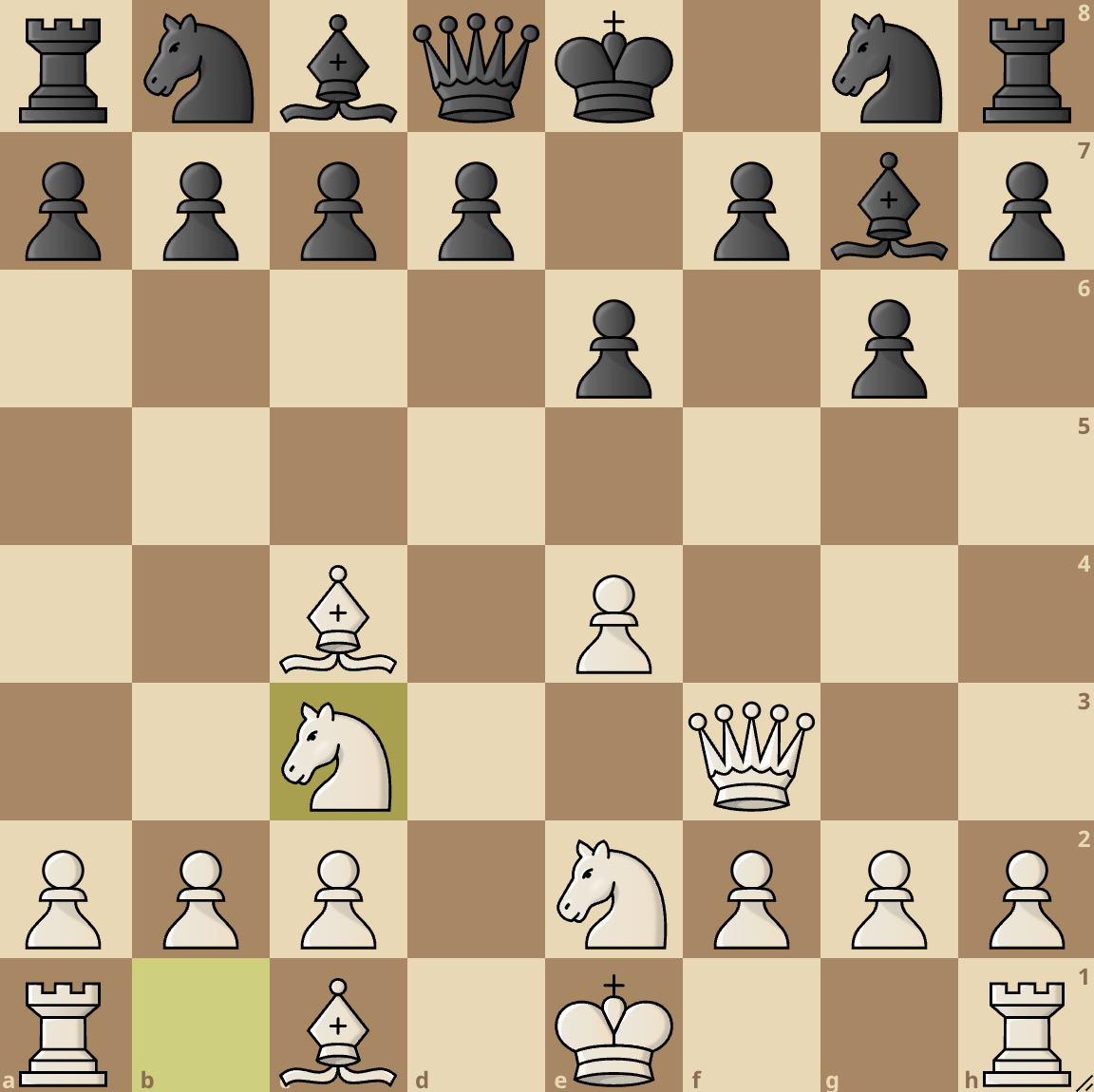
Black’s sluggish development appears taunting to White saying “Hey! Attack me if you can!”.
White appears to have the majority of the space on the board under control and would relish the chance to attack. This confidence is shown early on when White goes for the Scholar’s mate.
If done without enough care, the Monkey’s bum could even provoke more annoyance and drive White’s nerves over the edges.
On the other hand, the Monkey’s Bum variation has been neutralized for White into the Monkey’s Bum Deferred variation which Judit Polgar used to convincingly thwart Alexei Shirov’s plans in Amsterdam 1995.
See the brilliant game below. Touch the moves or move the board around for a better interactive experience.
What do you think about these openings? Are we missing out on any important detail?
We’d love to hear your thoughts in the comment section!
Want to learn more openings? Our articles are here to help:






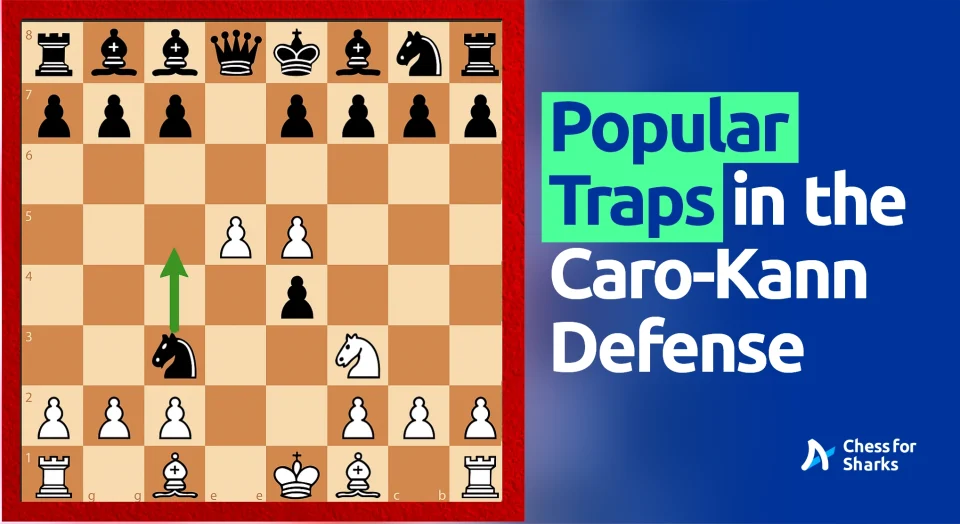
1 comment
Obinna
There is also the hippopotamus opening. Ex world champions like spassky and petrosian played it.